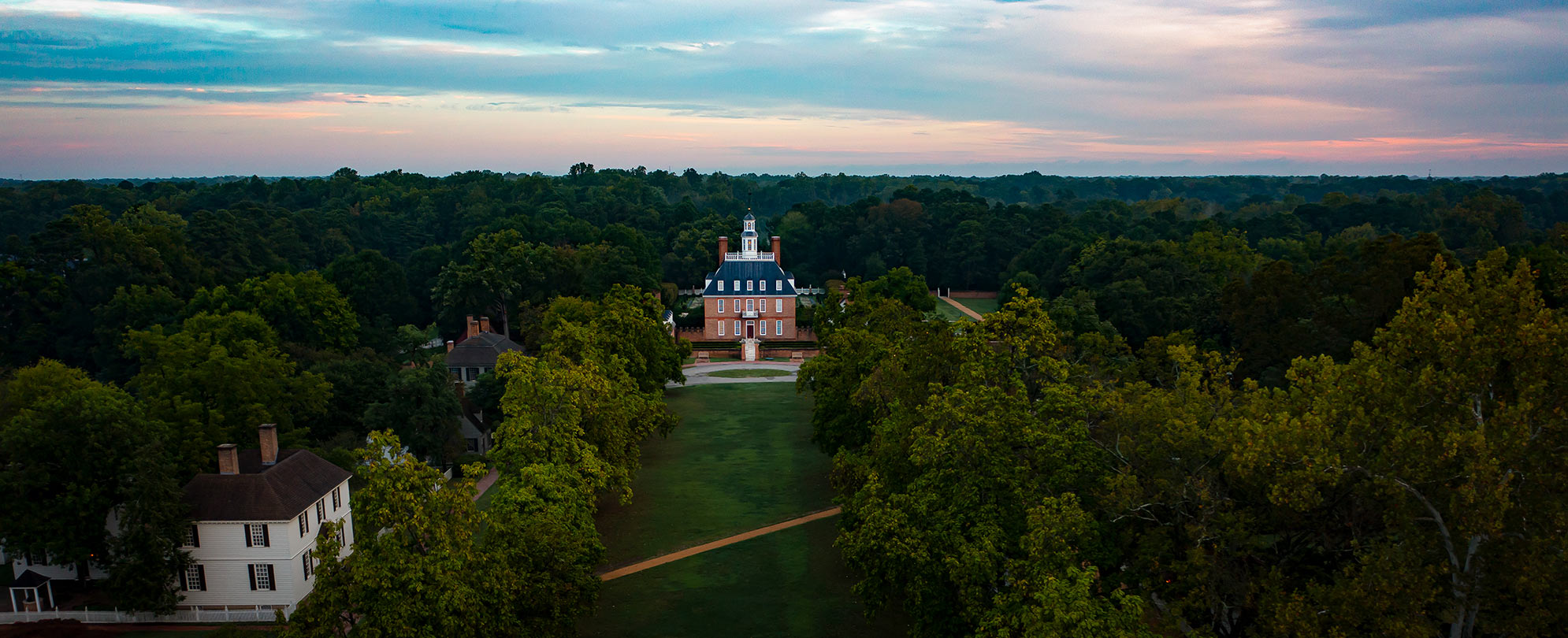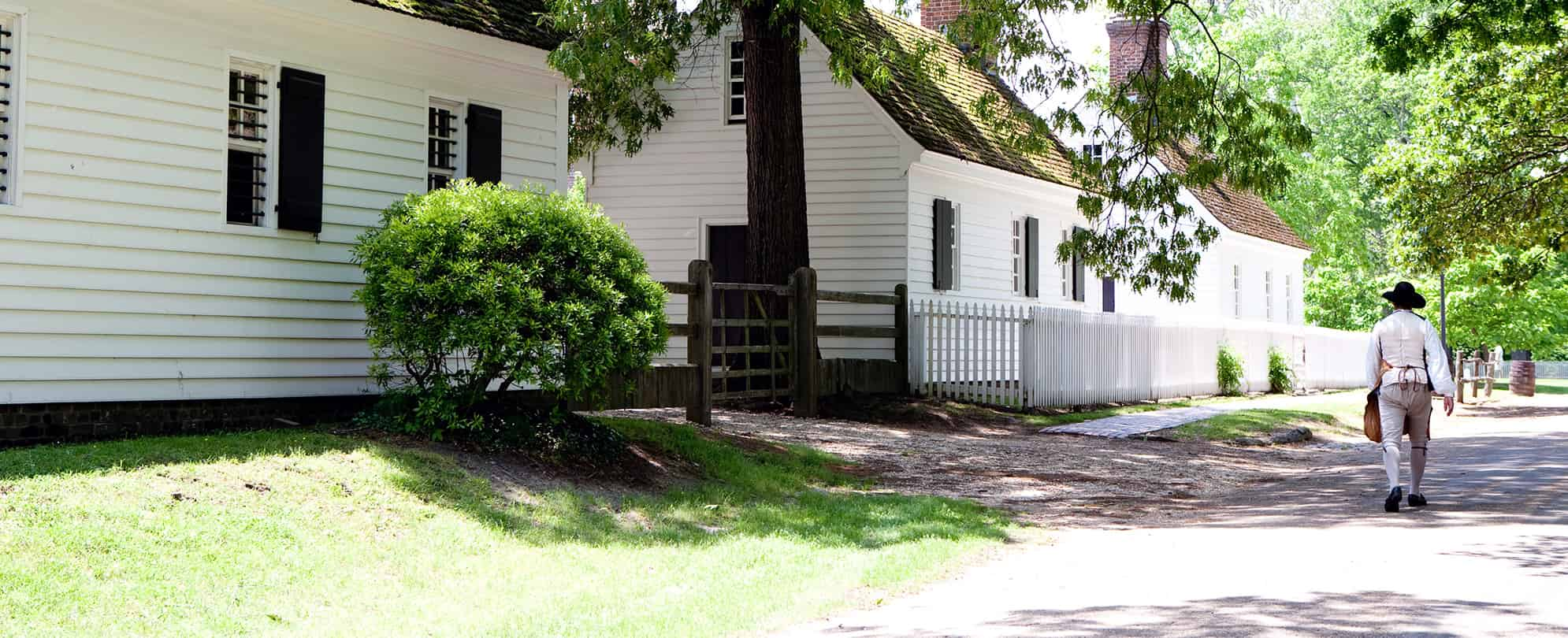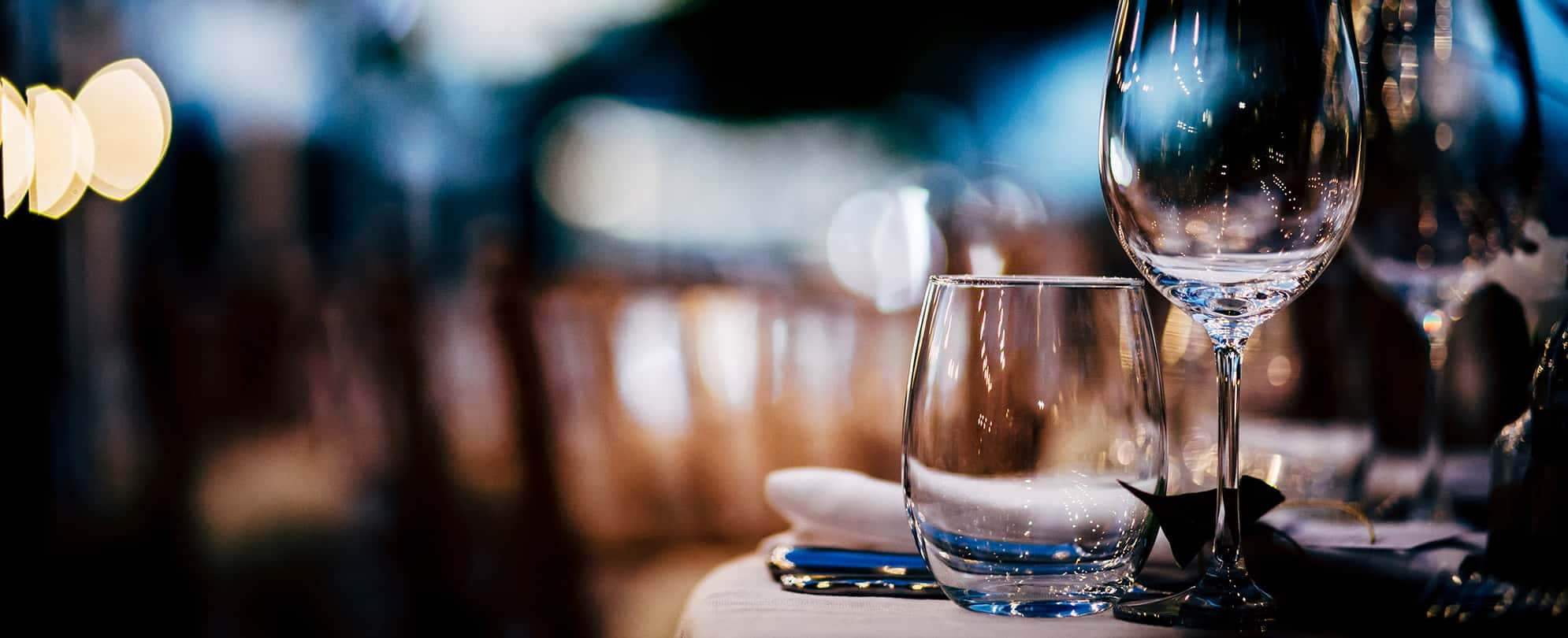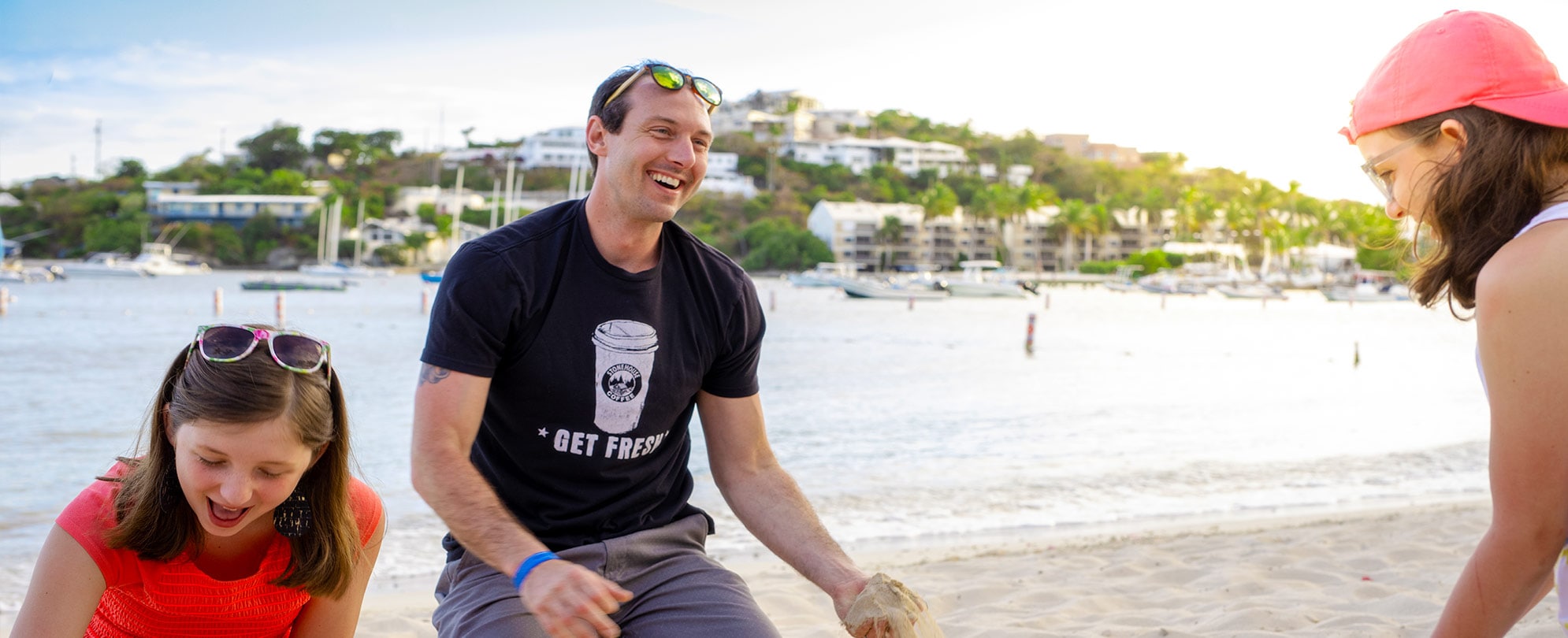BY ALISSA MILLER
Haunted History: Take A Walk Through Colonial Williamsburg
Williamsburg, Virginia, holds a truly unique place in American history. In its present state, the town operates as a living-history museum, inviting tourists to visit and walk through an authentic colonial village. Everything from the buildings to the people working in them appear exactly as they would have in the early 18th century — it’s like a timewarp to the pre-revolutionary era. Williamsburg is a special place, but what makes it so special?
A Brief History Of Williamsburg
Rewind more than 400 years, and there were no English colonists in Virginia — the area was inhabited by the Powhatan nation, a tribe of Native Americans who called the area “Tsenacommacah,” meaning “densely inhabited land.” Following the settlement at Jamestown in 1607 by English colonists, the nearby colonial settlement of Williamsburg was established in 1638, on land appropriated from the natives.
In spite of conflicts with the Powhatans, Williamsburg grew and thrived. After a major fire at Jamestown, Williamsburg took over and served as the English capital of the Virginia Colony from 1699 until 1780. The town played witness to the Revolutionary and Civil Wars, and many of the country’s founding fathers at one time lived in or visited Williamsburg, including George Washington and Thomas Jefferson.
In the 1920s, the town began a major restoration effort to return it to its colonial-era roots, reestablishing the town’s early 18th-century state, and creating the historical tourist attraction that exists today.
Is Williamsburg Haunted?
Williamsburg has a reputation for being the most haunted city in Virginia, and is also home to the reputed most-haunted place on the East Coast. But why is it haunted? No one knows for sure, but if the stories are to be believed, a portion of the land that became Williamsburg was originally a sacred burial ground for the Powhatans.
Disturbing such a hallowed place may have had dramatic consequences for the town and its residents, and if the legends are true, then some of colonial Williamsburg’s original inhabitants still linger in the town, eerily haunting the places they lived and died.
Walk The Top 5 Williamsburg Hauntings
If a self-guided walking tour of five of the most haunted spots in Colonial Williamsburg is on your bucket list, then put on your walking shoes and make your way to the city’s center.
These five top haunts are easily walkable (even after dark), at a distance of one mile start to finish.
First Stop: Public Gaol
Once in Williamsburg, head to Nicholson Street and stop at number 461. Originally opened in 1704, Williamsburg’s Public Gaol (pronounced “jail”) was built to hold prisoners while they awaited trial and ultimately punishment — either paying a fine or being branded, whipped, or hanged. Colonial prisons weren’t known for their creature comforts, and the conditions in the Williamsburg Public Gaol were far from sanitary or humane. Many inmates became sick and died while imprisoned there, and some were executed nearby.
The jail housed many prisoners over the years, including at one time 15 members of the infamous pirate Blackbeard’s crew — 13 of which were hanged. Today, visitors to the Public Gaol have reported seeing eerie shadows moving about without explanation, and some of the jail’s chains have been seen moving and swinging without cause.
Some visitors report an overwhelming sense of sadness or fear when they enter the jail, and some have even heard unexplained banging from inside the cells.
Next Stop: Peyton Randolph House
Head west on Nicholson Street for several blocks and stop at the large reddish-brown two-story mansion on your right — the Peyton Randolph House. Peyton Randolph, a fiery patriot, was the president of the First and Second Continental Congresses, and a cousin of Thomas Jefferson. The house was built in 1715 and originally owned by Randolph’s father, Sir John Randolph, a wealthy and respected colonist who received a knighthood from King George II.
The Randolph family owned the home until 1824. It was used as a military planning station during the Revolutionary War, and as a hospital during the Civil War. The house is reputed to be the most haunted building on the East Coast, and one possible reason for the haunting is that the home was cursed by one of the Randolph family’s slaves in 1782. Many people have died in the home, including several children, and some of the deaths are unexplained.
Sounds and apparitions of children have been reported, and many visitors claim that an unseen force has attempted to push them down the stairs. Overnight guests have experienced being awakened by unexplained noises and even violent shaking of the furniture and walls.
Next Stop: George Wythe House
Head west again on Nicholson Street for several blocks until you come to Spotswood Street, and then cross and cut across the Arboretum’s garden. When you emerge, walk one block south on Palace Green Street and the all-brick George Wythe House will be on your right. Built in 1754, the house was designed as a gift for newlyweds George and Elizabeth Wythe by her father, renowned colonial architect Richard Taliaferro.
Wythe was an accomplished lawyer, and became the first professor of law at the distinguished College of William and Mary in Williamsburg. He taught law to many important historical figures, including Thomas Jefferson and Henry Clay, and went on to become a Virginia delegate and a signer of the Declaration of Independence. The house is reputed to be haunted by the ghost of family-friend Lady Ann Skipwith, wife of Sir Peyton Skipwith, who died of uncertain causes in the house.
Some say she died of a miscarriage, others that she committed suicide or was killed by her husband (who was having an affair with her sister and married her shortly after Lady Ann’s death). Visitors report hearing footsteps on the stairs, seeing a female apparition in colonial dress, hearing disembodied voices, and feeling transient cold spots throughout the building.
Next Stop: Williamsburg Historic Public Hospital
Continue walking south on Palace Green Street to the end of the block, then head west on Duke of Gloucester Street for another block, then turn south on Nassau Street for one block until you arrive at the Public Hospital — a large brick building on your right.
Erected in 1773, the hospital was originally known as the Public Hospital for Persons of Insane and Disordered Minds. It was akin to a prison, with bars on the windows and doors, and restraining devices throughout. Mental health treatment in colonial times was primitive at best, and patients were generally treated brutally, using rudimentary tactics that would be considered barbaric and cruel by today’s standards.
Many unfortunate souls perished in the hospital, including Dr. John Minson Galt, a hospital administrator leading up to and during the Civil War. Galt was the first administrator to treat the patients humanely and stop the barbaric “treatments,” and it is believed that he took his own life when Union soldiers took over the prison and relieved him of his protective authority over his patients. Unsurprisingly, visitors to this site often report hearing screams and disembodied voices, seeing apparitions, and a general feeling of fear and dread while on site.
Last Stop: The Wren Building
Head south on Nassau Street to the end of the block, then turn west on Francis Street and walk for several blocks. Turn north on Boundary Street for one block, then cross the triangle onto Jamestown Road and the College of William and Mary will be on your right. Proceed onto campus and locate the Wren Building.
Constructed in 1695, the Wren Building is the oldest college building in the United States. It has served as both classroom and dormitory over the years, and is built directly on top of a crypt that was used as a burial site for many prominent Williamsburg residents. The crypts were looted by Union soldiers during the Civil War, and the human remains were disturbed — never a good thing. There have been several unexplained deaths and suicides recorded, and more may have gone unreported. The college was for a time used as a “re-education” center for Native American boys who were forcibly taken from their families. Many tried to escape, most unsuccessfully.
Apparitions of young Native American boys have been seen running through the building’s courtyard at night, still trying to return to their families. Apparitions of soldiers have been seen patrolling the building’s hallways, noises and screams have been heard from the crypt, and unexplained footsteps and moving furniture have been reported by students and faculty alike.
Your walking tour is now complete, but don’t let that stop you. There are plenty of other haunted sites in Colonial Williamsburg to explore, just hop in your car to scout out the others. Make sure to head back to your cozy suite at Club Wyndham Kingsgate, Club Wyndham Patriots’ Place, or Club Wyndham Governor’s Green for a good night’s rest (hopefully nightmare free) when you’re finished. Happy haunted history hunting!





